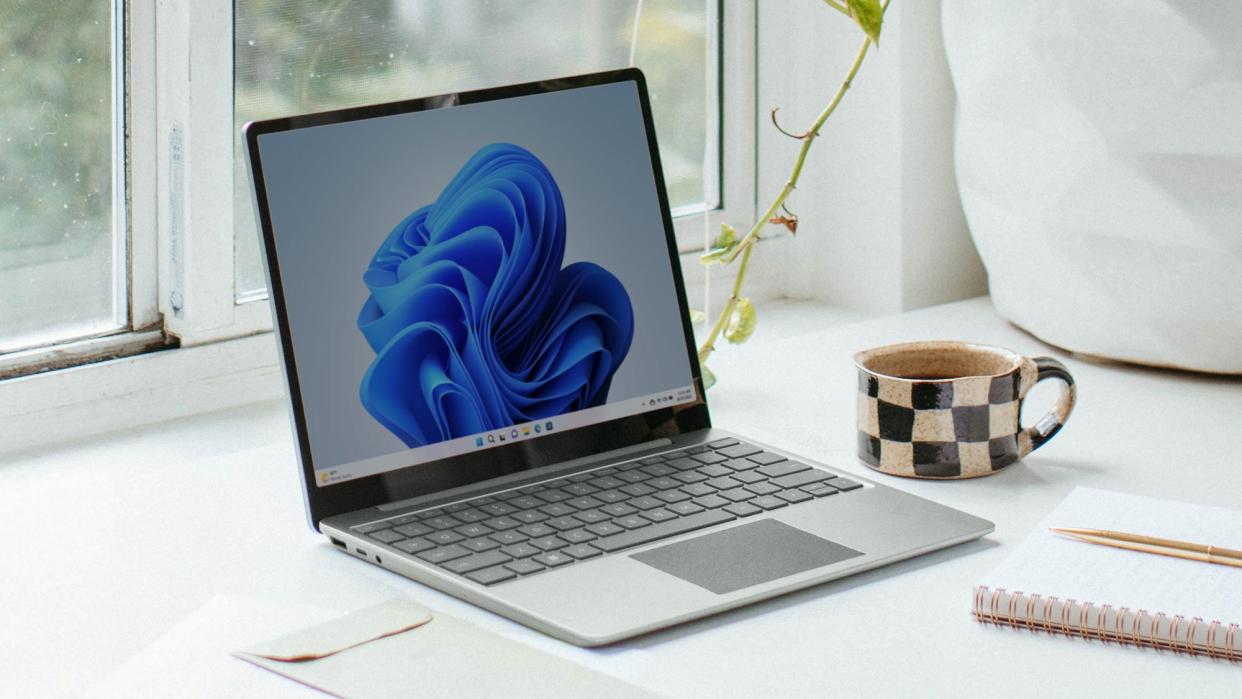You can use all your Apple apps on Windows. Here’s how.

Using a Windows PC doesn't mean you can't make use of Apple's various apps and services. In recent years, the parent companies of both operating systems have made efforts to get their respective software packages working together, making it easier than it's ever been.
You won't have the seamless experience you get with Apple apps and services on macOS, but you have a couple of options to get them working on Windows—and you can choose whichever suits you best.
Use iCloud on the web
Load up the web version of iCloud in your Windows web browser, sign in with your Apple ID, and you’ll have access to a plethora of Apple apps: Mail, Contacts, Calendar, Photos, Drive, Notes, Reminders, Pages, Numbers, Keynote, and Find My. For some people, this is all the integration they're going to need, as everything will sync back to the respective apps on macOS, iOS, and iPadOS.
[Related: 5 ways to get started with Freeform, Apple’s app for creative thinkers]
Click Customize Home Page to change which widgets show up when you first open the site and click on any of the app links to jump to that app in your browser. For example, choose Photos to browse through everything stored in iCloud Photos. The navigation pane on the left lets you view individual albums, and the icons in the top right let you upload and download images.
There's a lot of functionality in these web apps, and they're almost as good as their desktop equivalents on macOS. Everything Apple will stay self-contained inside a browser tab, so it's a good solution if you want to keep some distance between your Apple apps and everything else on your Windows PC.
Use iCloud for Windows
You can get a tighter integration between operating systems so that your Apple contacts show up in the native MS Outlook, and Windows automatically uploads photos to iCloud. For this, you need to download and install iCloud for Windows.
Sign up with your Apple ID credentials and choose whether you'd like to sync your files. You can pick and choose exactly what you want to integrate into the Windows system: iCloud Drive files, photos and videos, contacts, calendar information, web bookmarks, and browser passwords. Some entries have an Options button so you can configure them further and choose specific Windows locations for your iCloud files, for example.
Make your choices and click Apply—the utility will take care of all the necessary setup and syncing for you. In the case of iCloud photos and videos, you'll see a new folder on your hard drive and a new iCloud Photos entry in the default Windows Photo app that you can use to browse and sync your files.
Use Apple email
Rather confusingly, Apple says you may or may not see a Mail option in iCloud for Windows, without specifying which system versions support the platform and which don’t. You'll see that we don't have it on our test system, but if you see it when setting up the utility, you can check the option to have emails from your Apple account sync with Outlook.
The variation is most likely down to how your PC is set up in terms of recent updates, as Microsoft and Apple are both constantly tweaking their services. If you don't see the Mail option, you can still add your Apple email account in Outlook or any other third-party email client.
In fact, in the case of Outlook specifically, if you click File, Info, and Add account, you can enter your Apple email address and just click Connect—Outlook already knows the server settings to use. Note that if you have two-factor authentication set up on your Apple account (and you should), you'll need an app-specific password from here to log in through Outlook, rather than your standard Apple ID password.
Music, TV, and movies
After something of a delay, iTunes for Windows is now Apple Music for Windows, so you can access your music library on your PC just as you would on a Mac computer. If you subscribe to the Apple Music streaming service, you can combine tracks stored in the cloud with those on your local hard drive, and keep everything synced between your devices (including Android).
[Related: iPhone users can also embrace Google and Microsoft apps. Here’s how.]
When it comes to TV and movies, you can either get to the Apple TV app through your web browser or through the official Windows app. The web interface is different in that you need an active subscription to Apple TV Plus, and you can only watch content from the platform—there's no option to purchase movies and shows or watch them offline.
The Apple TV Windows app is a replacement for the old iTunes for Windows software, which means all the movies and TV shows from your iTunes library are carried over. You can watch content that you've purchased and buy or rent new films and shows, whether or not you subscribe to Apple TV Plus. And if you are a subscriber, all that on-demand content is available too.

